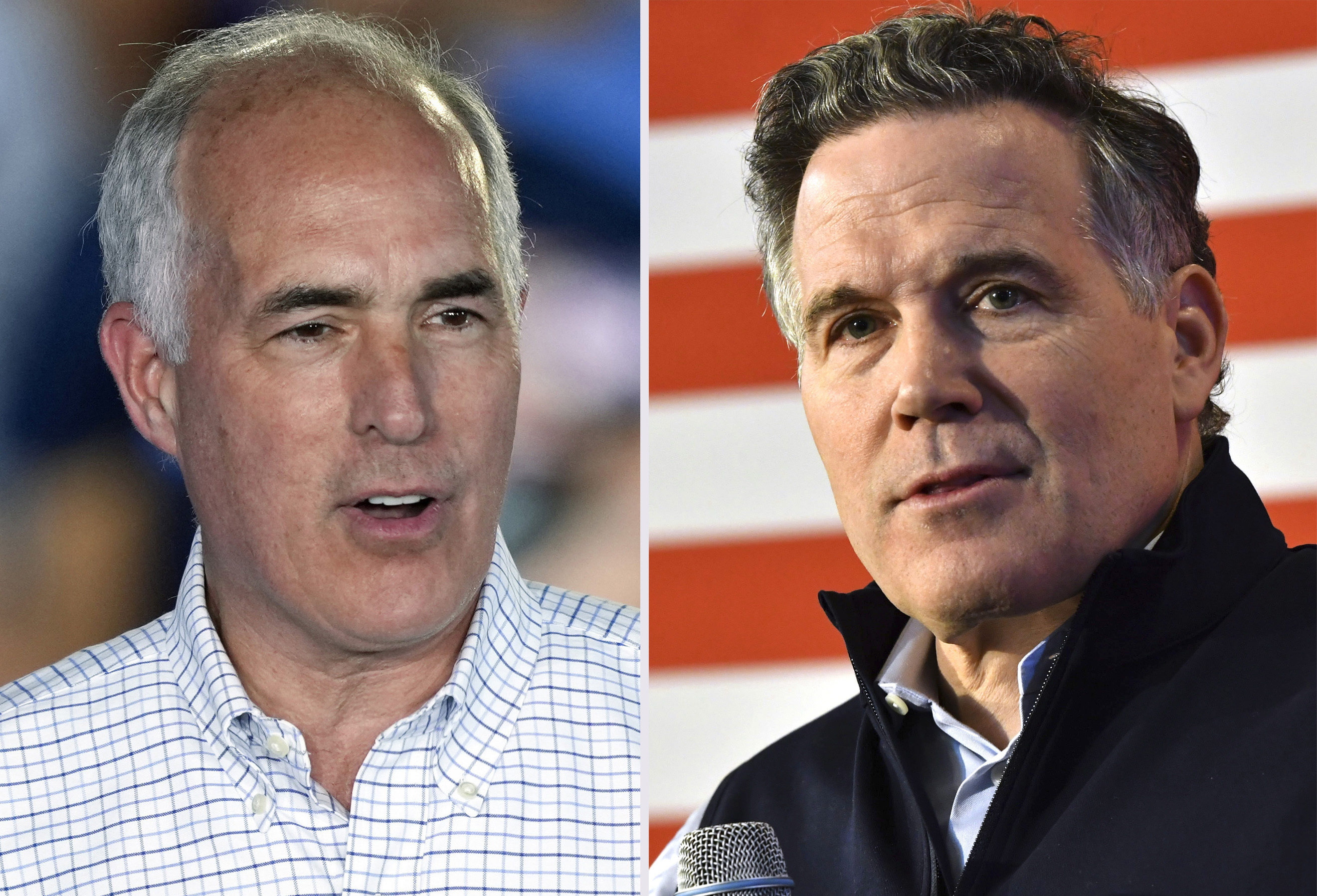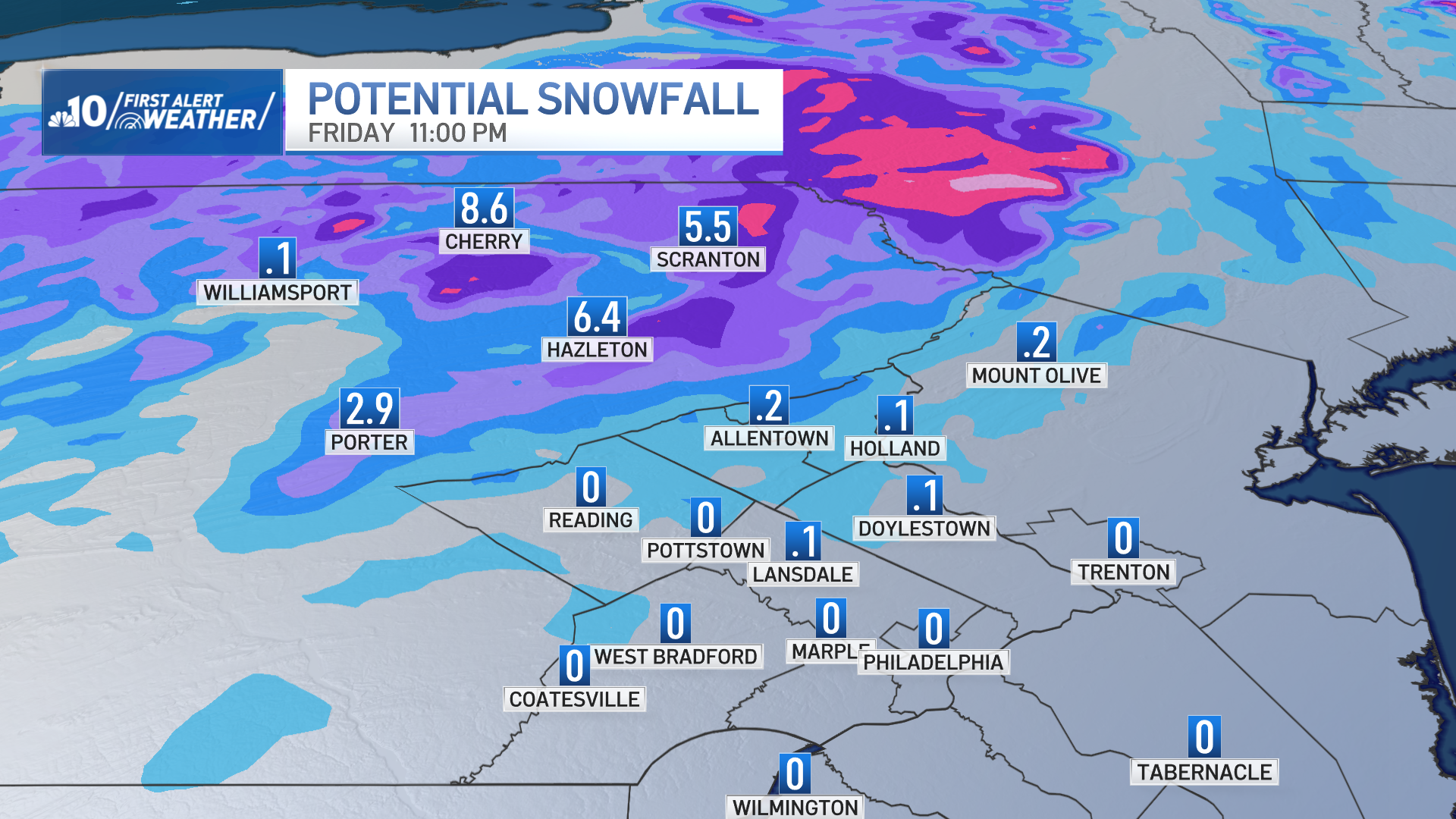For those concerned about the predicted national shortage of primary care physicians, here's the good news: U.S. medical school enrollments hit a record high this year, topping 20,000 first-year students for the first time this autumn, according to numbers released last month by the Association of American Medical Colleges.
And some more good news: Of the 16,000 medical school students entering residency, 6,327 bypassed medical or surgical specialty tracks and chose to continue their training in internal medicine, family medicine or pediatrics, which is an increase from 2012.
"We're definitely going to need them," said Amelia Pare, a McMurray plastic surgeon and head of the Allegheny County Medical Society.
That need for family doctors is driven by a graying population of both doctors and patients and by an influx of millions of new patients via the Affordable Care Act's Medicaid expansion and its mandate that everyone without health insurance obtain it or face fines.
The bad news: 20,000 newly minted MDs will barely put a dent in the current doctor shortfall, let alone the even bigger shortage predicted for the coming decade, with perhaps 150,000 doctors needed overall, 50,000 of them being primary care physicians. Meanwhile, nearly half the nation's physicians are older than 50.
"It is encouraging that medical schools are seeing continued increased enrollment overall," said Reid Blackwelder, president of the American Academy of Family Physicians. "We're hopeful those medical students will indeed want to go into (primary) medical care."
Problem is, most won't, less than 25 percent of new doctors go into primary care. And those 6,327 who this summer chose to pursue family medicine, internal medicine or pediatrics? Many eventually will select a sub-specialty, effectively removing them from the ranks of general practitioners.
Local
Breaking news and the stories that matter to your neighborhood.
They do so for obvious reasons, a family doctor in the U.S. makes one-half or even one-third of what many specialists make. "It's just not as lucrative as other specialties are," Dr. Pare said. And doctors often have hundreds of thousands of dollars in student debt to repay.
It's a recipe for a systemic crash, barring major changes in the way this country trains doctors and delivers health care, according to Candice Chen, a pediatrician and a researcher at George Washington University School of Public Health and Health Services.
A `BROKEN' SYSTEM
The way the U.S. trains doctors, by and large, is through medical schools attached to hospital systems. This means that new doctors, once they complete their residencies, are more likely to have experience working in a hospital operating room than in a rural primary care clinic.
"The result is that we get a workforce that is ready to staff the hospitals of America, rather than the entire health care system," Dr. Chen said.
Hospitals need more specialists than they do primary care doctors, by a 4-1 ratio. So when they expand residency programs, they often do so with an eye toward specialty staffing needs and not primary care residencies.
Hospitals say they could train more primary care physicians if Congress would send more money. Right now, most of America's residency programs are subsidized by Medicare funding. Other pots of money are available -- Medicaid, the Veterans Affairs system, children's hospital allocations and medical schools are welcome to fully pay for their own residency slots -- but the bulk of the money for training doctors at the graduate level comes from Medicare's annual $10 billion allocation.
Medicare hasn't increased the number of residency positions that it funds since 1997, locking its number of sponsored slots at 1996 levels, which amounts to about 91,000 students in residency training at any given time.
To date, that cap hasn't been much of an issue, because the number of slots available exceeded the number of U.S. students (the remainder of the slots are filled by international students). But sometime in the next three or four years, as first-year medical school crops continue to grow, the system will hit a tipping point.
"We will have more medical students graduating from medical schools than there are residency spots (with) Medicare funding," Dr. Blackwelder said.
Money isn't the full answer, Dr. Chen said. "The system is broken. ... We put $10 billion into the system right now, and it's not producing the workforce that we need."
However the shortage of primary care doctors is fixed, Medicare, the federal health insurance program for senior citizens, will surely play a large role, either by paying for additional residency slots or by changing the way primary care doctors in particular, and health systems in general, are paid. Government also will play a regulatory role in permitting non-doctors, physician assistants, nurse practitioners, pharmacists and others, to do what primary care doctors now do.
AN IRRATIONAL MARKETPLACE
In other words, it will require a total rethinking of the way the U.S. system recruits, trains, distributes and pays doctors, and a rethinking of how to best use the skills of primary care doctors, less as a traffic cop and more as a quarterback of a team of professionals, as envisioned by the patient-centered-medical-home model of care.
The process could take two decades to sort out, said Robert M. Wachter, professor at the Department of Medicine at the University of California, San Francisco, and former chairman of the American Board of Internal Medicine. But the shortage of primary care doctors is immediate.
There's no quick fix. Even if America's medical schools were to decide today to open up new residency slots exclusively for primary care trainees, "those slots would sit empty," Dr. Wachter said, unless students were forced into residency tracks against their preference.
"It might be something we should do, but (workforce planning) is not something we're good at," he said. Other countries are more proactive. In the United Kingdom, where Dr. Wachter spent a year observing the medical system, the ratio of primary care doctors to specialists is about 1 to 1.
And they get paid better than specialists, too. When he met with a U.K. primary care doctor who earned more money than his wife, a colorectal surgeon, "I about fell off my chair."
There are about 835,000 professionally active physicians in the U.S., according to the Kaiser Family Foundation, but only 397,000 primary care doctors. And less than 5 percent of doctors go to work in rural areas, whereas 20 percent of the U.S. population lives in such areas.
Part of the U.S. course correction will involve creating financial incentives for medical students to choose primary care as a profession: better pay, lesser pay for specialists, aggressive loan forgiveness for family doctors and more.
"It's hard for (students) not to notice that disparity in pay," Dr. Chen said.
It's also hard for students not to notice the present-day challenges of operating a primary care clinic. Even at a clinic that is open 10 hours a day, six days a week, with patients booked every 15 minutes, a primary care physician will make only so much money, thanks to the piecemeal "fee for service" system of reimbursing doctors and clinics for every patient seen and unit of care prescribed.
The Affordable Care Act is trying to address some of the problems -- by spurring the creation of accountable care organizations (which put the onus on the clinic to manage care and keep costs down); by spending more on the National Health Services Corps. (which encourages service in rural areas); and by steering more money toward scholarships and toward the training of 16,000 new primary care doctors by 2015.
But until those efforts bear fruit, primary care doctors and pediatricians will continue to feel like "a hamster in the wheel (in) our fee-for-service system," Dr. Chen said. "We have to change the culture of medical school, to value primary care."
And if that doesn't happen?
"It's clear that people will have (problems) accessing primary care services as we see health insurance expansion," she said.



